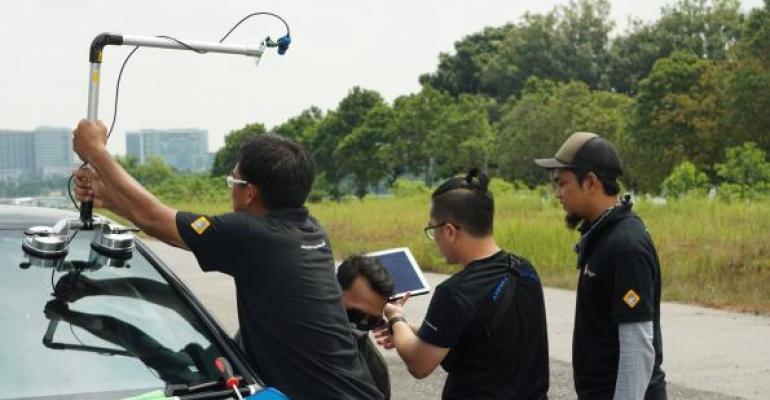The New Car Assessment Program for Southeast Asian Countries (ASEAN NCAP) begins car blindspot technology testing as part of its plan to reduce startlingly high motorcyclist fatalities in the region.
Royal Malaysian Police data shows there were 4,348 motorcyclist fatalities in the country last year, accounting for 64.5% of total road fatalities. Car driver/occupant accounted for 18.8% of road deaths, pedestrians 6.5%, trucks 3%, cyclist 2.4%, 4WD 1.7%, van 0.9% and bus driver/passenger 0.3%.
The World Health Organization reports 2- or 3-wheel motorcyclists accounted for 34% of the traffic fatalities in the ASEAN region. This percentage is high compared to car driver/occupant and light vehicles with 16%, pedestrians at 13% and cyclists 3%.
With motorcyclist deaths so high in the region, specifically in Malaysia, ASEAN NCAP is to include blindspot technology in assigning star ratings to vehicles for safety.
In the development test, ASEAN NCAP examined 10 car models from Toyota, Honda, Mazda, Volvo, Mercedes and Hyundai that are sold in the ASEAN market and fitted with various types of blindspot technologies.
Each car is being tested against 10 of the region’s best-selling motorcycles. The tests will be performed during the daytime and again at night.
ASEAN NCAP expects the development test will allow it to assess the effectiveness of each car’s blindspot technologies, particularly during lane changing. The nighttime tests will measure the technologies’ ability to detect motorcycles when there is no lighting.





